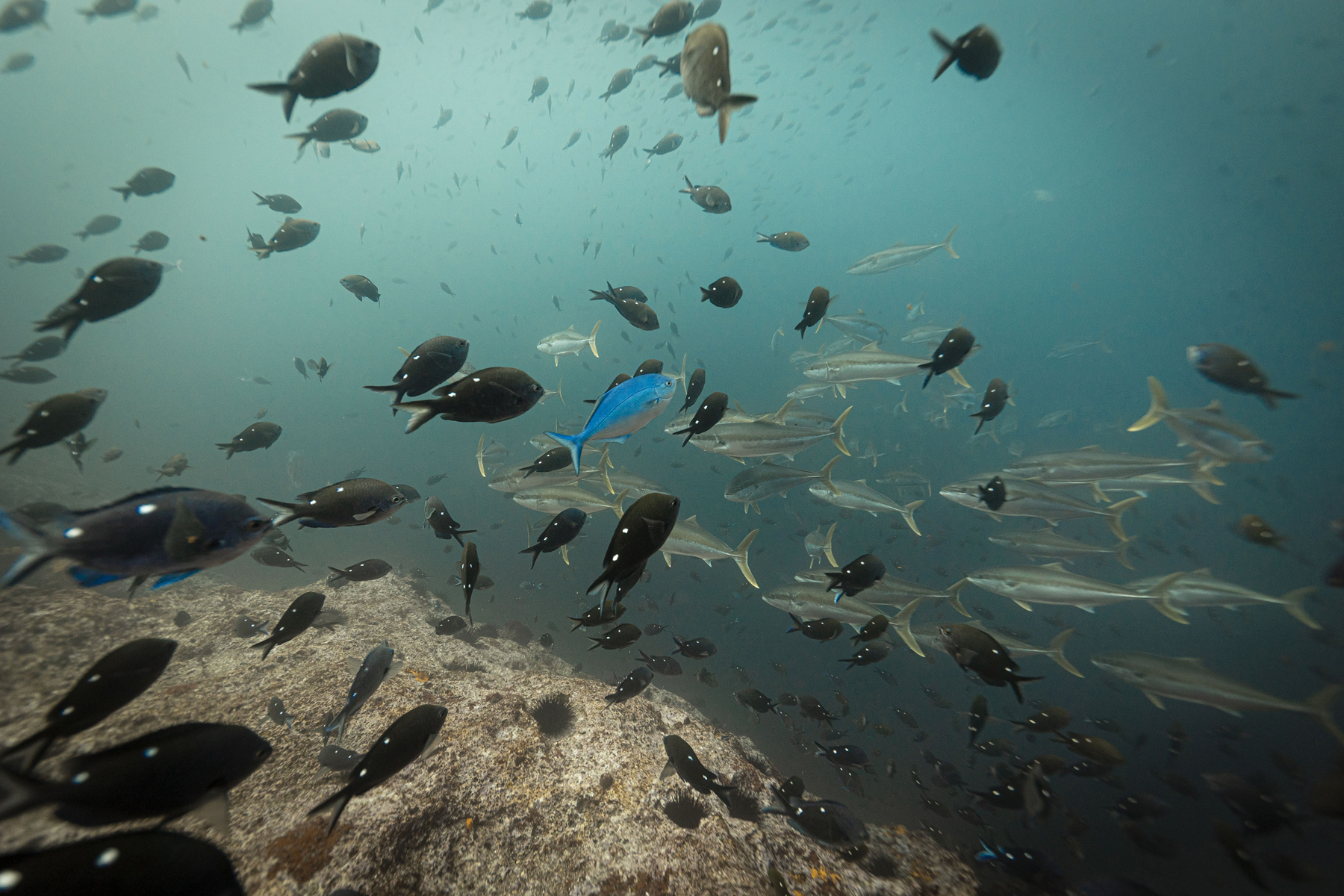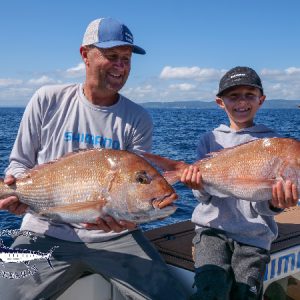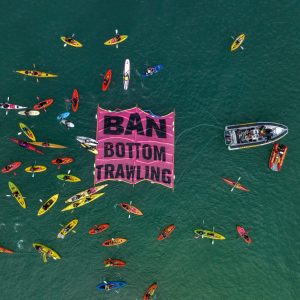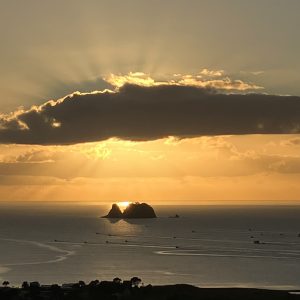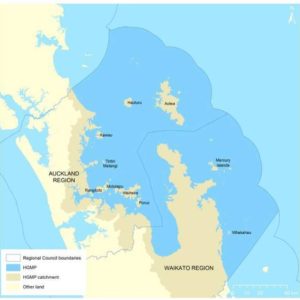We’ve been scammed. New legislation to protect six percent of the Hauraki Gulf Marine Park is being hailed as a success, yet we could have had 100 percent of the seabed protected if politicians were bold enough.
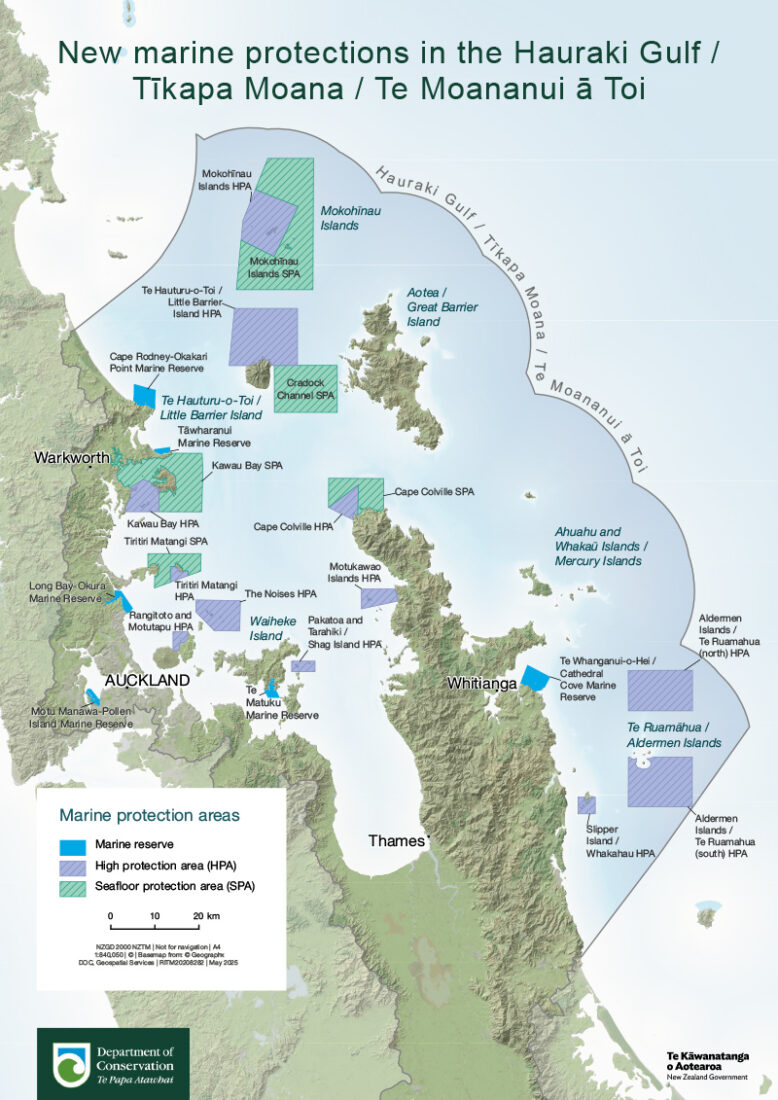
The Hauraki Gulf Tīkapa Moana Marine Protection Act 2025 became a reality on 10 October, 2025. It authorises extensions to two existing marine reserves, and creates a downgraded version of marine reserves in a category called High Protection Areas. The Act also includes five seabed protection areas, where no trawling, Danish seining or dredging can occur.
Since the 2013 Sea Change process the community has advocated for bottom trawling and scallop dredging to be phased out and eventually banned from the Hauraki Gulf Marine Park. If the politicians in Wellington had agreed, we would now have 100 percent seafloor protection.
The latest announcement is a far cry from what the community actually wants. A poll conducted in August revealed that 49% of New Zealanders want bottom trawling in the Marine Parked banned, while 29% of people opposed a ban. This supports an earlier poll that found 84% of Gulf users want trawling gone.
Sam Woolford, LegaSea’s Project Lead is disappointed the Act isn’t broad enough to give protection to 100 percent of the seabed in the entire Hauraki Gulf Marine Park, from Bream Bay to Waihi, Bay of Plenty.
“We have long advocated protecting six percent of the waters is not good enough. The Gulf is so degraded we needed a bold decision. Instead, we’ve been served a weak Act. It doesn’t address the major threats of sedimentation, overfishing, and destructive fishing techniques, namely bottom trawling and scallop dredging.”
In 2023 officials proposed to limit trawling to specified ‘corridors’ in the Marine Park. In May this year Shane Jones, Minister for Oceans and Fisheries, rejected the trawl corridors proposal. He was quoted saying:
“So the Matua [referring to himself] and New Zealand First are just never, ever going to agree to that for as long as we have political light left in our bloodstream.” – Newsroom
The New Zealand Sport Fishing Council has been advocating for 100 percent seabed protection for over a decade. Their representatives have participated in the Sea Change process and made numerous submissions in response to government proposals. LegaSea has promoted those views to help raise public awareness about the value of having 100 percent seabed protection.
Minister Potaka, as Minister of Conservation, expects that snapper and crayfish stocks will improve, and kelp forests will be enriched over the coming decades due the passing of the Act. This is aspirational as there are no actual controls to prevent overfishing, over-allocation of depleted fish stocks, and little change to on-land practices to mitigate runoff.
“We’ve been scammed into believing that closing small pockets of areas will deliver us abundant fish populations. How about the Ministers pool their resources to stop the annual, excessive harvest of 7000 tonnes of baitfish from the Marine Park?
“Baitfish are vital to the survival of seabirds, mammals and other fish species. How can kingfish, kahawai or seabird populations ever recover if there is nothing for them to eat?” asks Woolford.
Frustratingly, politicians can now hide behind this decision and claim they have saved the Marine Park. Reality is, by supporting the Act they have again failed to address the root causes of depletion and degradation in the Gulf.
Independent reports show the highest ranking threats to marine habitats caused by direct human activity in the marine environment are bottom trawling, dredging and invasive species.
National admits it was pressure from Coalition partners that influenced last minute changes to legislation that now allows commercial ring net fishing in two of the 12 new High Protection Areas of the Hauraki Gulf.
It seems that in this Coalition government, the tail is wagging the dog.
